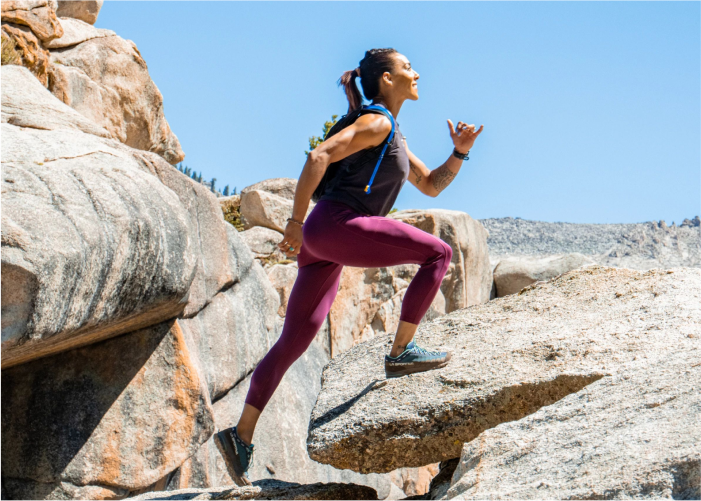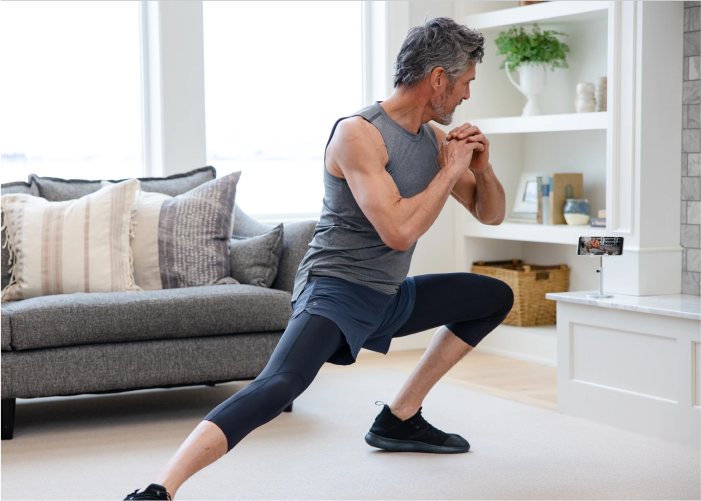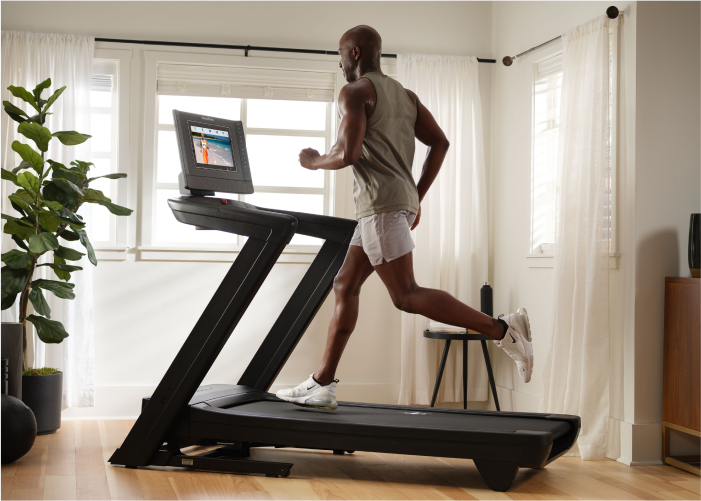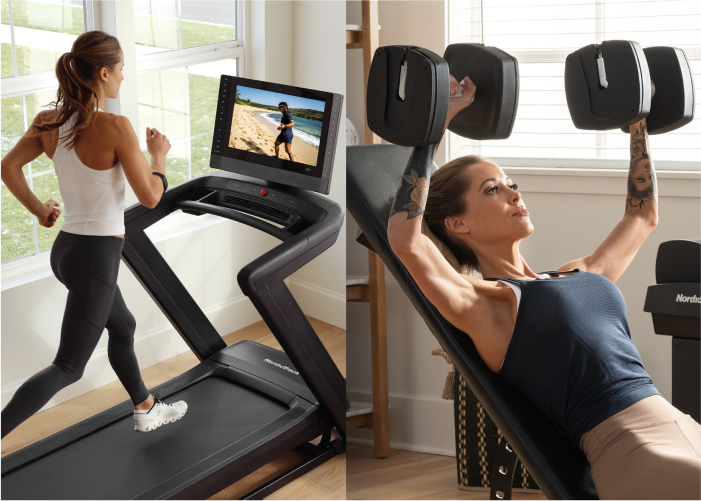
Aging gracefully isn’t just about avoiding wrinkles or embracing silver hair. It’s also about ensuring our bodies remain active and healthy, regardless of the candles on our birthday cake.
You may find yourself asking, “Is it harder to stay in shape when you get older?” or “How do you stay fit as you age?” Well, lace up those sneakers, and let’s take a trip down memory lane as we explore how to stay fit in your 30s, 40s, and beyond!
For those of you who are short on time, though, consider these key takeaways:
- Some people find it more difficult to stay in shape as they age.
- Adapting and diversifying your exercise routine is crucial.
- Proper nutrition becomes even more essential.
- Consistency and listening to your body are critical components of long-term fitness success.
The Evolution of Fitness As We Age

When we stride into our 30s, it can sometimes feel like our metabolism took an early retirement. Those carefree eating habits suddenly start showing up on the scales, and by our 40s, our bodies may require more TLC.
Yet, it’s not all a downhill run (or walk). Our 30s and 40s usher in a deeper understanding of our bodies. While we might have to bid adieu to some youthful indulgences, we gain the wisdom to adapt and create more sustainable health routines.
The mantra? Adapt, embrace, and persevere. While it may seem challenging now, remember that every uphill battle offers a stunning view from the top. So, whether you’re sprinting or strolling through these decades, enjoy the journey and the evolving perspective it brings.
How Do You Keep Fit as You Get Older?

Navigating the path of fitness as we age can be akin to exploring a new trail: there are exciting challenges and some unexpected turns. While the landscape of our bodies and lifestyles may shift in our 30s and 40s, it doesn’t mean the adventure needs to stop. On the contrary, the journey takes on deeper layers of understanding, adaptation, and enjoyment.
Let’s uncover how to stay agile, strong, and vibrant as the chapters of life progress.
- Mix It Up: In your 30s and 40s, it’s crucial to diversify your workout routine. Been running marathons for years? Maybe it’s time to add resistance training. If lifting weights has been your go-to, how about integrating some cardio? Moreover, experimenting with yoga or pilates can add a refreshing twist to your routine, boosting motivation and helping to ensure you hit different muscle groups.
- Fuel Wisely: Prioritizing whole foods, lean proteins, healthy fats, and complex carbohydrates can optimize energy levels. However, this doesn’t mean cutting out all treats. It’s about balance and ensuring that what you consume supports both your daily activities and fitness goals.
- Listen to Your Body: Age brings wisdom, and part of that wisdom is understanding the body’s signals. If you’re tired, rest. If an exercise causes pain, modify or skip it. It’s essential to strike a balance between pushing oneself and recognizing when it’s time to take a step back. Regular check-ups and consulting a healthcare professional when something seems off may help prevent minor issues from becoming major obstacles.
- Stay Consistent: Consistency in exercise habits has been shown to produce long-term health benefits and mitigate age-related declines in physical condition. [1] Whether it’s setting specific days for workouts, joining a fitness class, or committing to morning walks, staying consistent can make the journey more enjoyable and goals more achievable.
The Myth-Busting Corner

There’s an adage that gets thrown around quite a bit: “You can’t teach an old dog new tricks.” When it comes to fitness and aging, many assume it’s a slippery slope with no way back up. But is that really the case?
First, let’s address the elephant in the room: yes, age can make certain aspects of fitness more challenging. For example, studies have shown that muscle mass tends to decrease, and recovery times may increase with age. [2]
But it’s not all doom and gloom! There’s an entire world of benefits that come with age, many of which can be harnessed to boost one’s fitness game.
Experience and wisdom often mean that older adults may find a deeper connection and understanding of their bodies. Instead of pushing through pain, they learn to adapt workouts to better serve their needs, helping to ensure longevity in their fitness journey. [3]
So, is it harder to stay fit as we age? In some ways, perhaps. But in many others, age equips us with the tools, wisdom, and resilience to approach fitness in more sustainable, mindful, and effective ways. Just like a fine wine, our fitness journey can become more refined, mature, and worth savoring with each passing year.
The Bottom Line

The journey of staying fit through the decades is like mastering an art. It requires patience, persistence, and a sprinkle of creativity. While it may seem daunting to tackle the question of “how to stay fit in your 30s, 40s, and beyond”, remember – age is just a number. What truly matters is the spirit and determination you bring to the table.
So, lace up those sneakers, get out there, and show the world how to age like that fine wine!
Want To Learn More? Check These Out

RESEARCH
- Nelson, ME., Rejeski, WJ., Blair, SN., et al. “Physical activity and public health in older adults: recommendation from the American College of Sports Medicine and the American Heart Association.” Circulation. 2007;116(9):1094-1105.
- Frontera, WR., Hughes, VA., Fielding, RA., et al. “Aging of skeletal muscle: a 12-yr longitudinal study.” Journal of Applied Physiology. 2000;88(4):1321-1326.
- Stathokostas, L., Little, RM., Vandervoort, AA., et al. “Flexibility training and functional ability in older adults: a systematic review.” Journal of Aging Research. 2012;2012:306818
Disclaimer: This blog post is not intended to replace the advice of a medical professional. The above information should not be used to diagnose, treat, or prevent any disease or medical condition. Please consult your doctor before making any changes to your diet, sleep methods, daily activity, or fitness routine. iFIT assumes no responsibility for any personal injury or damage sustained by any recommendations, opinions, or advice given in this article. Always follow the safety precautions included in the owner’s manual of your fitness equipment.


